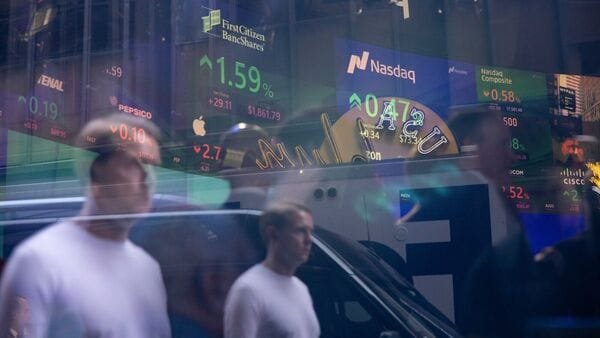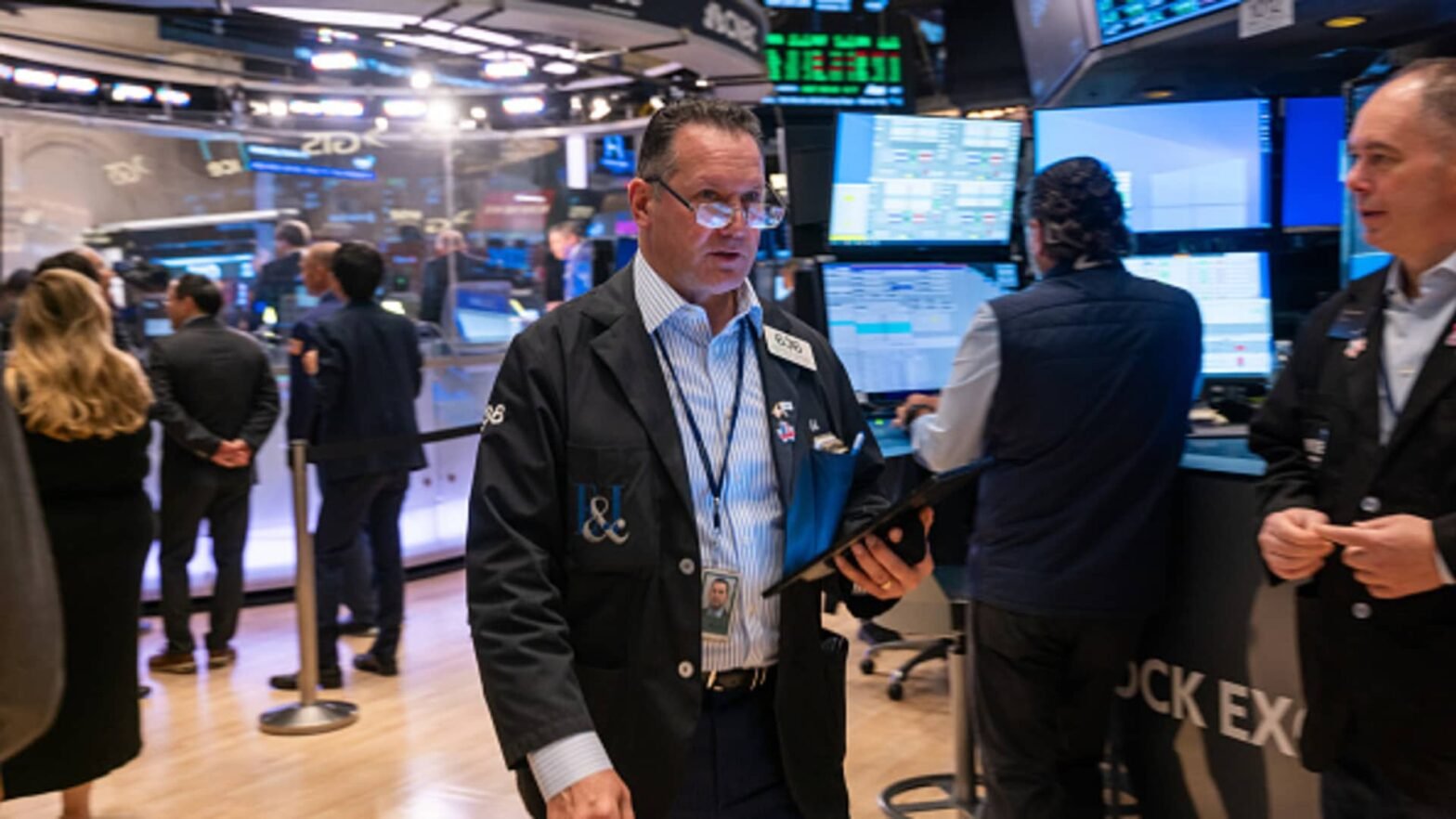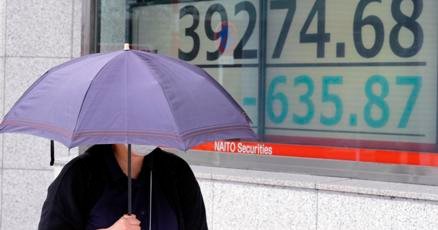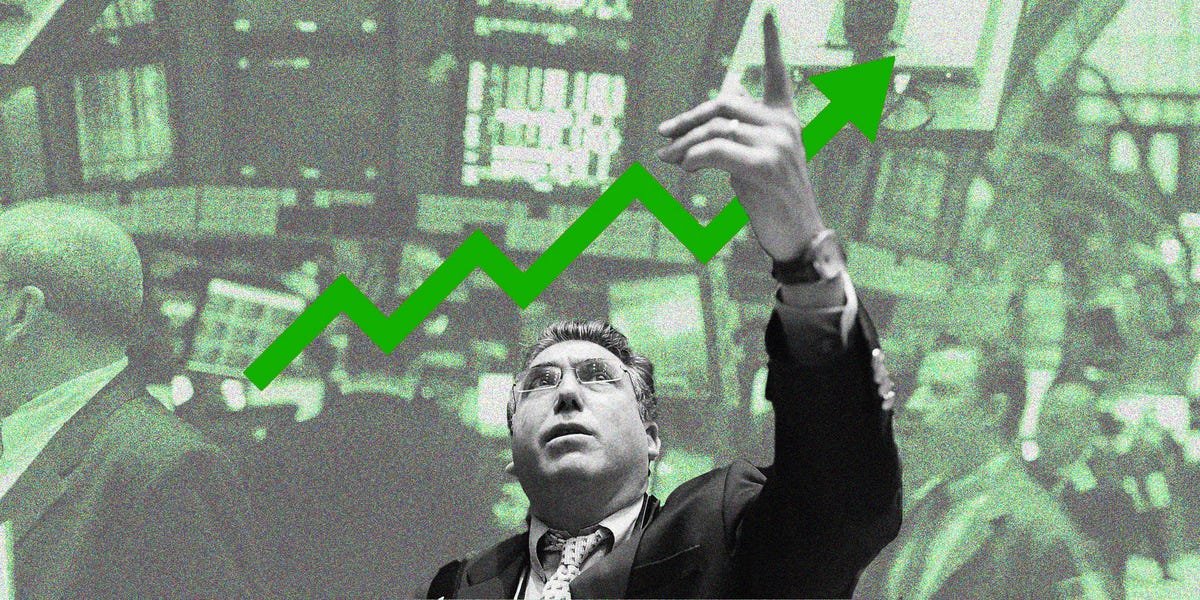David Saito-Chung , The Wall Street Journal 3 min read 06 Oct 2024, 08:01 PM IST
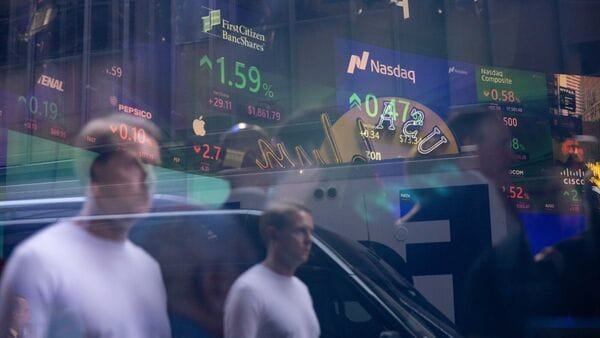
Summary
- Investors who follow price movements along with spikes or dips in share volume can glean information about indexes’ or stocks’ direction
Wall Street veterans have a saying: “Only price pays.” Yet volume shouldn’t be ignored.
A keen understanding of volume, or the level of trading activity, can give investors a clearer idea of a stock’s or market’s strength. And unusual changes in volume help point investors to potential changes in price direction.
But first, let’s take a step back and explain what volume is, what is typical for the market and where it comes from.
When a trader closes a transaction to sell 100 shares of XYZ stock to a buyer, the trade counts as 100 shares of volume, not 200. Volume on the New York Stock Exchange averaged 3.81 billion shares in the 50 sessions ending Oct. 3. On an average day in the Nasdaq, 5.52 billion shares exchange hands.
Institutional investors like mutual funds or state pension plans account for most volume on a given day. Unusually high volume, thus, is a sign major investors are boosting buying demand or selling pressure.
Generally speaking, stocks rising in heavy, above-average volume indicates abundant demand; higher share prices are likely ahead. Stocks falling in heavy trading suggests selling is bound to continue. So the first rule of volume analysis is to pair it with price moves.
Market volume
Volume can also play a role in helping investors determine when the broader market has bottomed or topped.
A series of declines in the S&P 500 or Nasdaq in higher volume than the previous day often signals that institutional investors are exiting the market. If indexes are rising to new highs but fewer shares are trading hands, that also could indicate that demand is waning. These are known as “distribution days”—Wall Street parlance for selling—and are often a sign for investors to sell before the general market weakens further.
As for major market lows, Investor’s Business Daily research going back to 1900 shows that every major bottom featured what’s called a follow-through day. Once the market starts to rebound after a correction or bear market, watch for at least one major index to rally typically 1% to 2% or more at least four days from the index low. If those gains come in higher volume than the prior trading day, that’s a bullish signal.
One of the best examples of a follow-through day came in the shadow of the market rout after the financial crisis on March 18, 2009, when the S&P 500 climbed 2.1% and volume spiked by 3 billion shares. That came roughly seven trading days after the bear-market bottom on March 9, 2009, kicking off the second-longest bull market in U.S. history.
The most recent bottoming sign came Aug. 13 with a follow-through in the Nasdaq and S&P 500. Today, about a half-dozen distribution days have piled up in the Nasdaq over the past five weeks. That’s starting to look bearish, although signals of a top are far from conclusive.
Stock volume
Volume is also important in understanding individual stock prices. When a stock keeps making new highs while volume trends lower, consider that a bearish sign.
Take consumer appliance maker SharkNinja. When SharkNinja hit new highs in mid-February after going seven weeks without a new high, it came on higher volume. The week of Feb. 12 saw more than 8 million shares traded, compared with an average of just 3.4 million shares over the prior eight weeks—indicating that major investors were piling into the stock.
SharkNinja then climbed 60% through the week of June 17; that lofty run included multiple up weeks in above-average volume.
David Saito-Chung is deputy markets editor at Investors Business Daily and co-host of IBD Live. Follow him on X @IBD_DChung or email him at david.chung@investors.com.
Catch all the Business News, Market News, Breaking News Events and Latest News Updates on Live Mint. Download The Mint News App to get Daily Market Updates.

